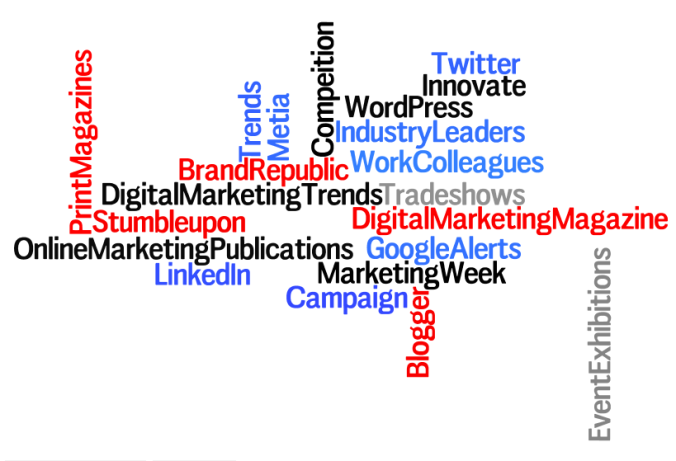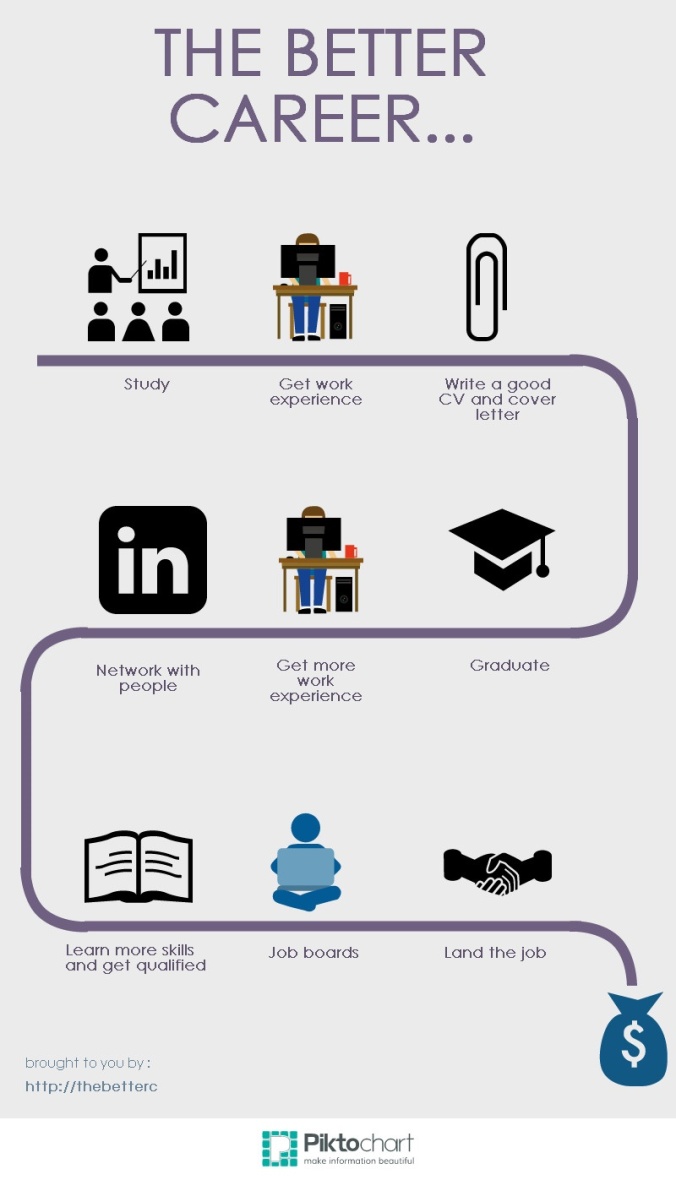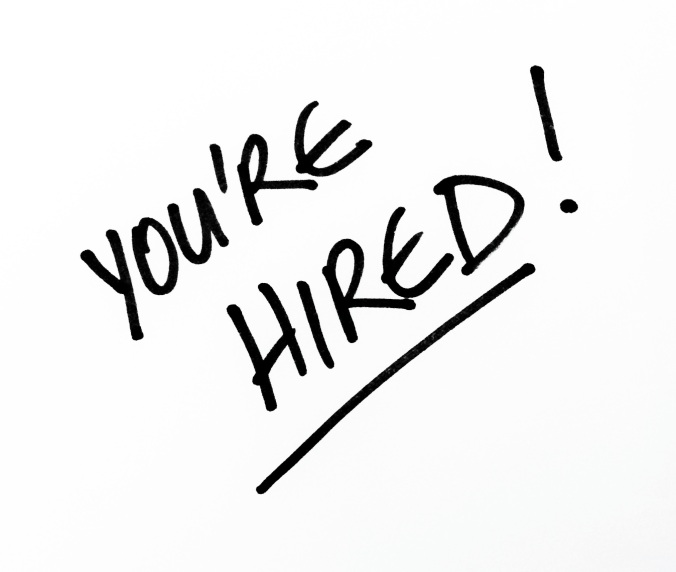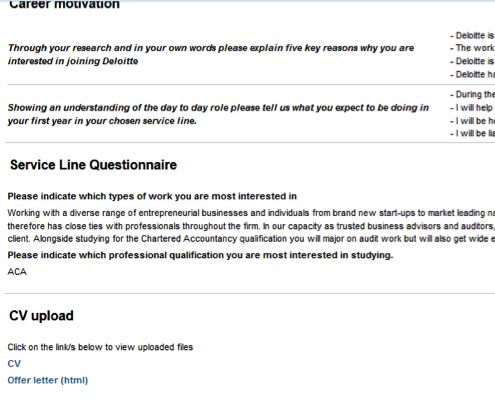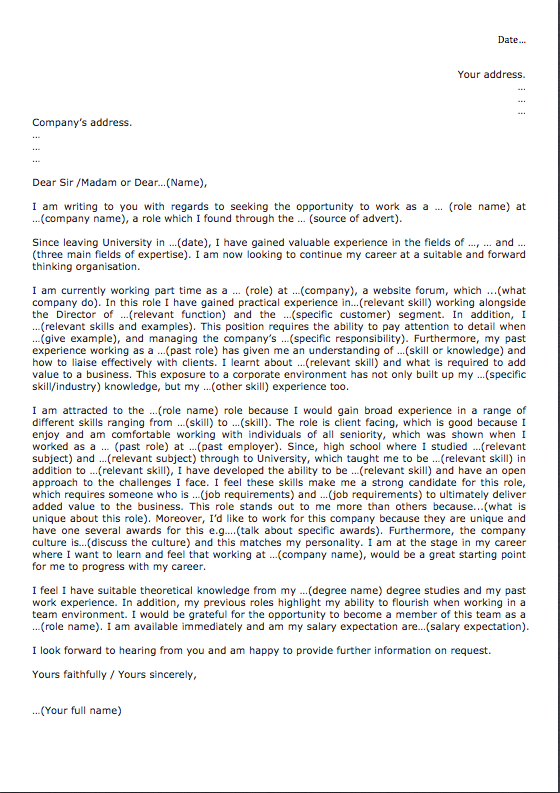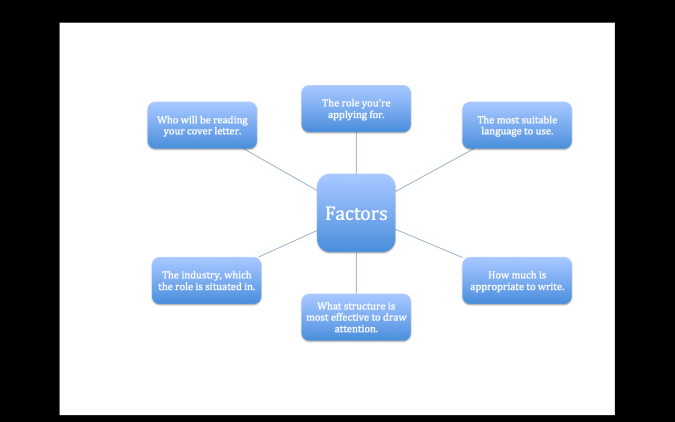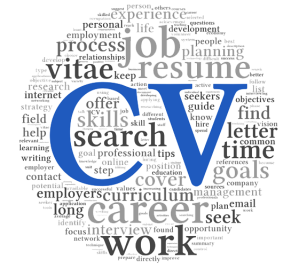Social media is a booming area within the digital marketing sphere. Marketeers who are pro-active and use their initiative to learn all the useful features of social media will stand out from the crowd. Here at Metia we’re doing an increasing amount of paid social media marketing to amplify and target content to specific audiences.
I want to draw my attention to one platform in particular, LinkedIn. The site has grown in popularity because it allows professionals to network easily. It also allows users to promote targeted job adverts and post daily feeds (similar to Facebook) containing information on industry trends and expert advice from industry luminaries.
One of LinkedIn’s smartest tools is its advertising feature, LinkedIn Campaign Manager. All you need is a business account and you can promote yourself and your business to other LinkedIn members. Just go to Account & Settings then Advertising and it will take you there. The campaign manager is designed to build advertisements targeted at specific LinkedIn users.
Tip 1: Use both sponsored updates and display ads
By doing this you can monitor both to determine which one is more successful and therefore suitable for the next campaign. Sponsored updates use updates which are seen on a company page and sponsors them. These are the advertisements that you will see pop up on your LinkedIn feed if you follow a specific company (It will say sponsored next to the update – see below).

Display ads, use text, image or video and places it on the side of a LinkedIn page targeting a specific profile of LinkedIn users. See an example below.

Sponsored Updates
To setup a sponsored update, once you are in campaign manager go to ‘Create new campaign’ at the top right and choose ‘Sponsor an update’.

You can either choose to sponsor an already existing update, which will come up at the bottom of the page or you can create a new one on your company homepage, if you have user access. To setup your own, paste the landing page link (where you want to send your target audience) into the top text box (see below). Once the link has loaded, you can change the copy for the advertisement.
Tip 2: Make sure you use all of the allocated amount of characters for the ad copy.
For example, by using more words to describe your service it will grab the attention of viewers and sound more plausible. Before going live double check the character length. The specifications for character length are given below.
Tip 3: Use images with the correct ratio.
If you have the wrong ratio the image will look skewed and the viewers will see this. Once you are happy with your image and copy, go ahead and share. You can now follow earlier steps and sponsor the new update.
After you have chosen which update to sponsor you will have to create your target profile of LinkedIn users. The options to target are fairly extensive, the main ones including by location, company name/industry/size, job title, school, skills, group, gender and age.
Tip 4: Be specific when targeting.
The more detailed you are when setting your target audience, the more likely you will achieve higher engagement levels with your advertisement. For example if you sell professional bicycle equipment you could target users with skills related to cycling, who follow cycling groups on LinkedIn or who have a job title related to cycling. In contrast it wouldn’t be beneficial to solely target the user’s sports industry.

Display Ads
Creating a display ad is slightly different to setting up a sponsored update. The main difference being that you don’t have to sponsor it, just create it. To do this enter the campaign manager, go to ‘Create new campaign’ at the top right and choose ‘Create an ad’.

Follow the instructions and choose your chosen headline, image and main text and click next. You will then be taken to the profiling page (see above).

Tip 5: Avoid using ‘ady’ wording in your ad copy.
This could drive traffic away. Instead, be clear and concise about what the product/service is and how it can add value to the customer.
The final step before your advertisement goes live is to choose how you want to pay for the campaign. Extra tip: From personal experience paying by cost per click (CPC) is most effective because there is definite engagement with your target audience. Whether that click turns into a lead depends on how suitable the target audience is and whether the landing page is designed appropriately. The other option is to pay per 1,000 impressions if you wish. Finally, choose your daily budget/total budget for the campaign and then click ‘Launch campaign’!
 .
.
